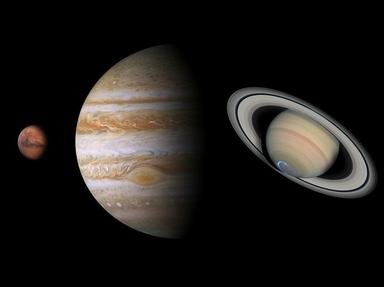Quiz Answer Key and Fun Facts
1. What is the origin of our term 'comet'?
2. Are comets atmospheric or space phenomena?
3. What is the nature or makeup of comets?
4. Once they are formed comets, like planets, stay mostly stable for billions of years.
5. What type of orbit can a comet have?
6. Do all comets take roughly the same amount of time (period) to orbit the sun?
7. Generally speaking, where do comets come from?
8. Who was the first astronomer to predict the return of a comet?
9. Humans have used technology such as telescopes and photography to study comets since the Nineteenth Century. Have we ever landed a space probe on one?
10. What famous medieval European work of Art depicts Halley's Comet?
Source: Author
Catreona
This quiz was reviewed by FunTrivia editor
rossian before going online.
Any errors found in FunTrivia content are routinely corrected through our feedback system.

